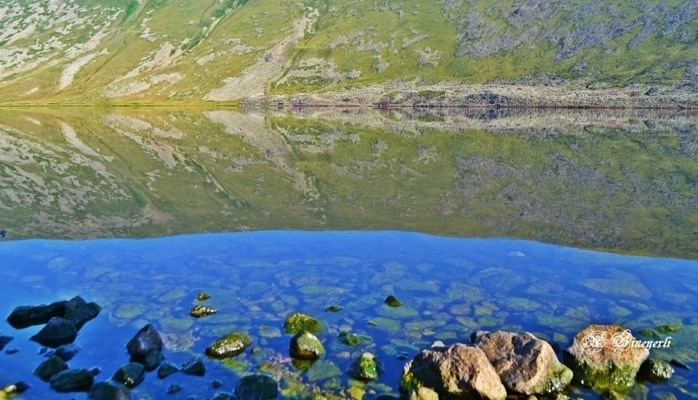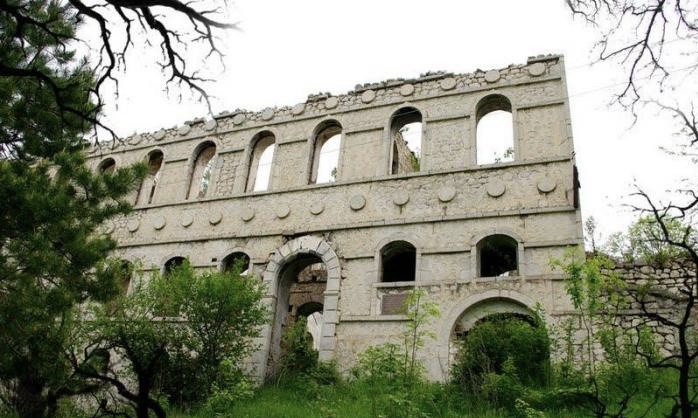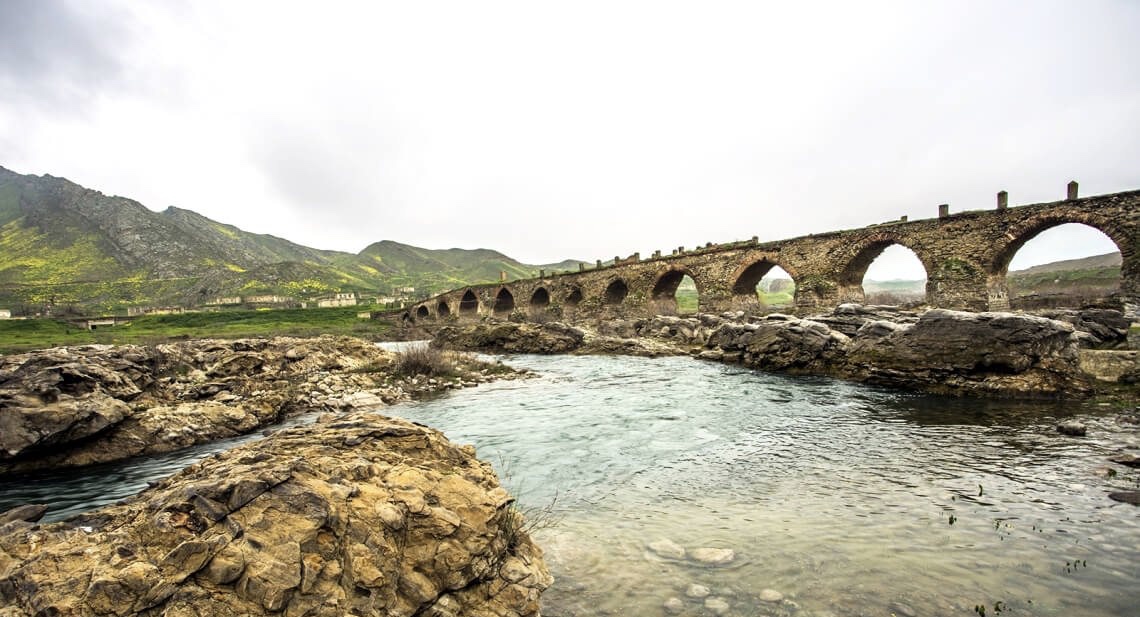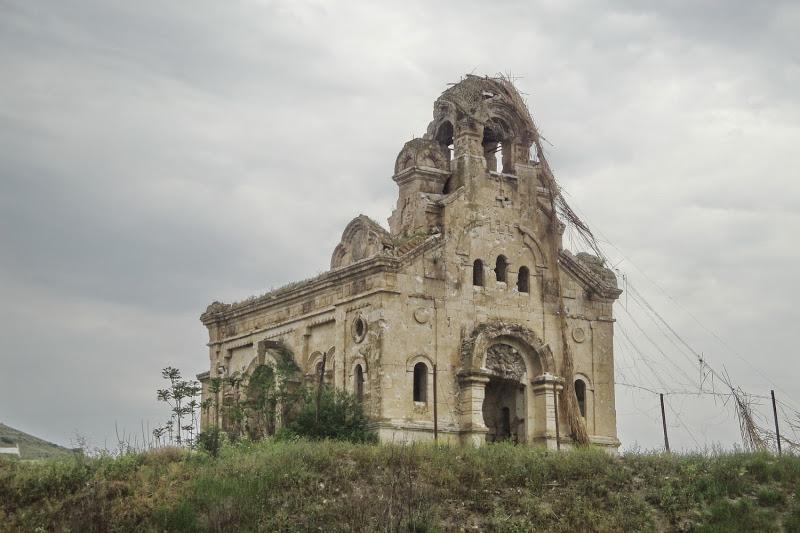






of







of







of





















The remnants of Amaras Town, the episcopal center of Caucasian Albania, are available in the Jutju village of Khojavan district located on the right bank of the same-named river. According to historical materials, the first Christian temple was erected in Amaras in the 4th century, and after one of the Albanian bishops’ burial, this sanctuary became a place of pilgrimage. It is claimed that the Amaras Monastery is one of the oldest Christian sites in the world. Amaras was the burial place of St. Gregory the Illuminator’s grandson, St. Grigoris. A tomb built for his remains still survives under the apse of the 19th-century temple of St. Grigoris.
Nowadays, that grave remains in a shrine under the altar in a church of the complex. This shrine was revealed by Azerbaijan archeologists in 1970. The Amaras Monastery Complex was built in the 9th century, but for the next centuries, it had been repeatedly repaired and modified. This complex was remodelled to its current appearance in the 19th century.
The Amaras Monastery had a rectangular plan and round towers at its corners fortified the construction. Its patio is surrounded by the castle walls with cells, dwelling, and household premises built into along their perimeter. The household part of the monastery is separated from a church court by a number of additional rooms. These rooms and premises imparting extra strength to the castle walls were built of rough stone and the archivolt of good-hewn stone. The entrance to the monastic courtyard is at the western end of the south wall. Being the main construction of the complex, the church was raised in the middle of the court. The inside of the rectangular church forms a praying hall, divided into three naves by four pillars in each row. Traditionally, its central nave is wider than the aisles flanking it and from the East, leads to an apse. The apse covered by a cone- shaped vaulted overlap and on its either side there are small rooms, which was supposedly intended for priests. The entrance to the church was built on the western side.
The six-column rotunda of small belfry was set at the western end of the church two-slope roof. All church facades were faced with good-hewn stone plates. The narrow western facade, which is the entrance door to the church, was modeled more plastically. The archivolt of the door, the frame of the window above it and the big cross at the very top form an axial symmetry of the western facade, which strikes by its relief sculptural volumes. Having simple and clear forms, the Amaras Monastery Complex is considered to be one of the important monuments of Caucasian Albania – Azerbaijan Christian architecture.

Qaragol Interrepublics State Reserve was set up with the decision of the Council of Ministers dated November17, 1987. Garagol State …

The idea of establishing Aghdam Bread Museum, which is considered to be the second in the world after the Zurich …

The Khurshudbanu Natavan’s House is a historical and architectural monument of the 18th century located in the city of Shusha. …

Museum Mausoleum Complex of Molla Panah Vagif is located in Shusha, Azerbaijan. It was built in honor of Molla Panah …

The Bridge belongs to the Arran architecture school. The first written source that mentioned the 15-arched Khudafarin Bridge belongs to …

Garghabazar Caravanserai was built in 1681 at the hillside, in the center of Garghabazar village of Fuzuli district, 8 km …

Armenia’s vandalism in Nagorno-Karabakh and seven surrounding regions affected not only the historical, cultural, and religious heritage of Islam but …

Jabrayil History-Ethnography Museum has been operating since 1953. Archaeological and ethnographic materials belonging to the history of the region, textiles, …

Khudavang, or Dedeveng, Monastery Complex is located in the Vang village of Kalbajar District, on the left bank of Tartar …

“The 19th century Aghdam Juma Mosque is perhaps the only structure that has withstood the years of neglect since the …